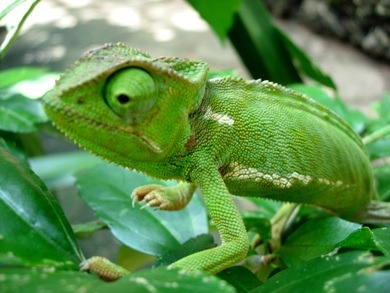Science E-Portfolio 2011
Friday, July 22, 2011
ACE Project on Static Electricity
http://www2.hci.edu.sg/y10hci0041/abcd.swf
Through this ACE presentation, I've realized how science is really all around us. We just need to slow down and observe and if interested, do a little research and it would really make life more interesting in a way.
Through this ACE presentation, I've realized how science is really all around us. We just need to slow down and observe and if interested, do a little research and it would really make life more interesting in a way.
Saturday, July 16, 2011
Diamonds Lose Mass in Sunlight
Friday, July 8, 2011
Gray Whales Likely Survived the Ice Ages by Changing Their Diets

Tuesday, July 5, 2011
ACE Project (Term 2)

Monday, July 4, 2011
Term 2 LSS Reflection

Thursday, June 30, 2011
Reflection for Term 1 LSS
Tuesday, June 28, 2011
Reflection of Sabbatical in Term 2 (Learning Trial @ MacRitchie)
Last term, I attended a sabbatical which caught my attention because of the title and the sabbatical description. Basically, what we did there was the trial around Macritchie, to learn about the nature of the place, the history of how it became a vital place for Singapore to get our water from. We were guided by a trainer who was very experienced in talking about the biodiversity there. She took us around the trial and showed us much wildlife there. I was very amazed at how graceful those animals were, and how beautiful the plants were. Before this trial, I did not know how to appreciate nature, and missed out many things out there. Because, whenever I saw something there, I would just rush out there to catch a closer glance, however what I did not realise was that the animal would be threatened and would run away.
At the end of it all, we had a sharing of the pictures that we took along the trial, and we identified and examined each of the species that we took of. They were mostly insects and plants, however what interest me the most was the animal pictures that were taken there and some of them were: monkeys, mud skipper, fishes, turtles, etc... I also learnt the difference between a changeable lizard and a chameleon, and I would like the share this in this post.
A Changeable lizard looks like this:

A Chameleon looks like this:

Both of the species have the ability to change colour, therefore, many people mistaken the changeable lizard for chameleon. There is a difference between the two. Firstly, the changeable lizard is a local species, while the chameleon is not. Also, they have very different physical features. The chameleon has eyes that are more protruded and each eye is capable of rotating and focusing separately to observe different objects simultaneously, giving them a 360 degree vision around the body. Their feet, on first glance, look like there were only two toes. But a closer look shows that each foot has five toes with sharp claws that are fused into a group of two and a group of three, allowing Chameleons to grip tightly to narrow branches. Their long tongues can be extended out of the mouth rapidly for their insect prey. While, the changeable lizard has none of these features.


